Tokyo Olympic stadium gets new, cheaper design
- Published
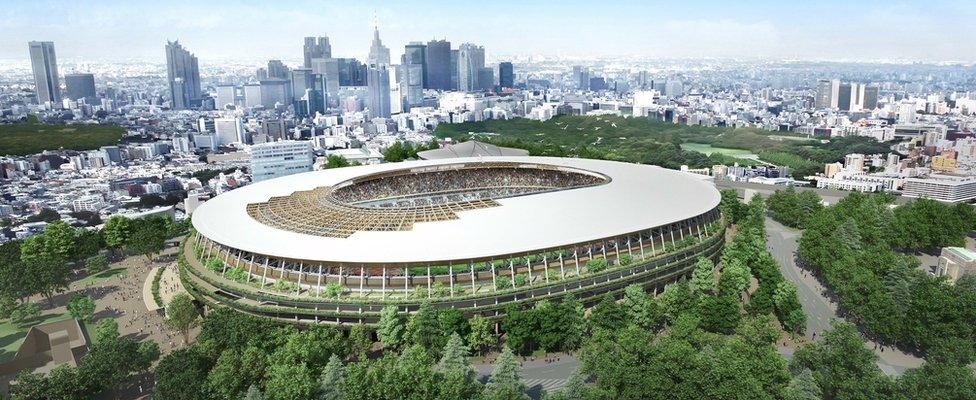
The athletic ground inside will be sunk below ground level, to reduce the profile of the stadium
A new, more scaled-down, design has been chosen for the main stadium at the 2020 Summer Olympics in Tokyo.
Spiralling costs had forced the scrapping of renowned architect Zaha Hadid's futuristic original design.
The new design, by Japanese architect Kengo Kuma, will cost 149bn yen ($1.2bn; £825m) to build.
Ms Hadid's plan would have cost 252bn yen, making it the world's most expensive sports venue.
Mr Kuma's design will cost an additional 4bn yen to design and maintain.
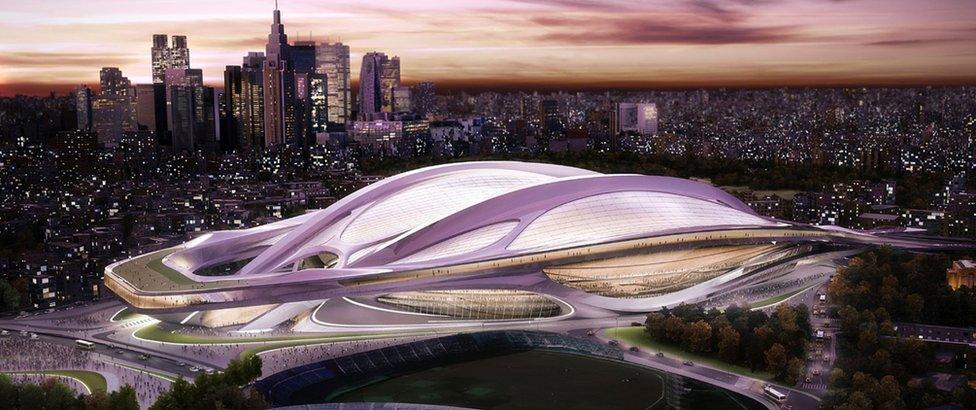
Compared to a spaceship and with a price tag to match, Ms Hadid's design would have been the costliest ever built

Toyo Ito's rival design, would also have had a more subtle impact on the skyline and the city's budget
The scrapping of the design caused a row that eventually led to the resignation of Japan's Education and Sports Minister Hakubun Shimomura in October.
Mr Kuma's design echoes Japanese temple styles, with a low-lying steel and wood structure, surrounded by trees. It will sit more than 20 metres lower than the previous design and supporters say it fits better with its immediate environment, which includes the greenery around the nearby Meiji Shrine.
"I think this is a wonderful plan that meets criteria such as basic principles, construction period and cost," Prime Minister Shinzo Abe said when he announced the choice.
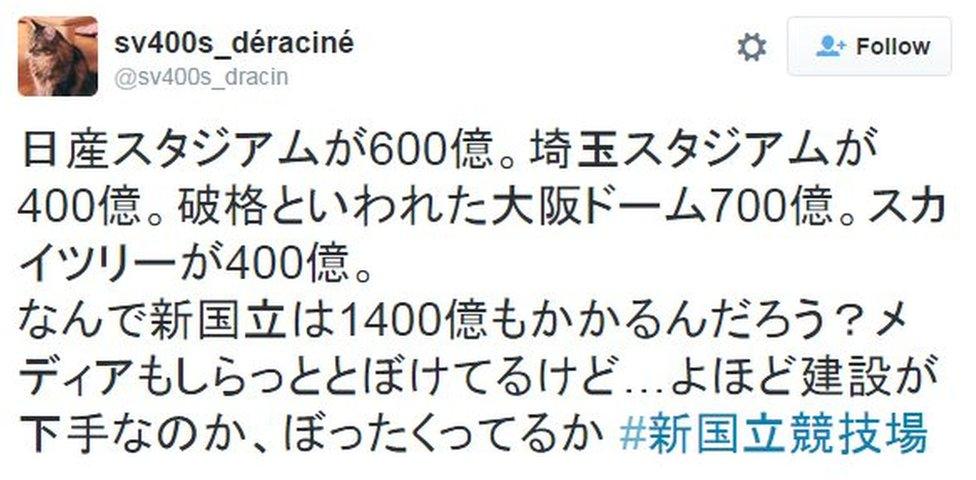
Tweeting before the winner was chosen, one Twitter user complained the designs would still cost several times more than other major stadia in Japan - even the "unprecedented" Osaka Dome
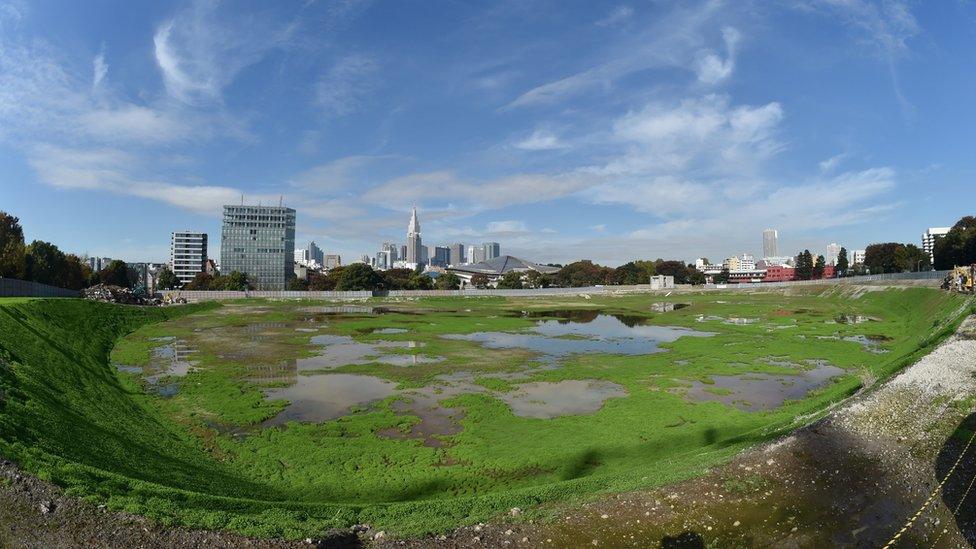
Work on the site will have to proceed quickly if Tokyo is to make its self-imposed deadline of November 2019
Japan's Taisei Corp will lead construction of the new design.
It beat a rival proposal by architect Toyo Ito. That too was simpler than Ms Hadid's proposal, which was compared with a gigantic bicycle helmet or an oyster, and which would have taken up a much larger area - 78,100 sq m (840,660 sq ft) against 72,400 sq m for Kengo Kuma's concept.
Construction or the new design will also be quicker. Necessarily so when the International Olympic Committee deadline for completion is January 2020, ahead of the Games' start in July that year.
The new winning design has also attracted colourful comparisons, with some saying it looks like a stack of pancakes, or a hamburger.
Sixty-eight thousand spectators will pack the stadium, though that can be expanded to 80,000 after the Olympics, if needed. The old design had a capacity of 80,000 from the start and was expected to host the final of the Rugby World Cup in 2019.
The new stadium will not be built in time to host that event.
- Attribution
- Published19 December 2015

- Published17 July 2015
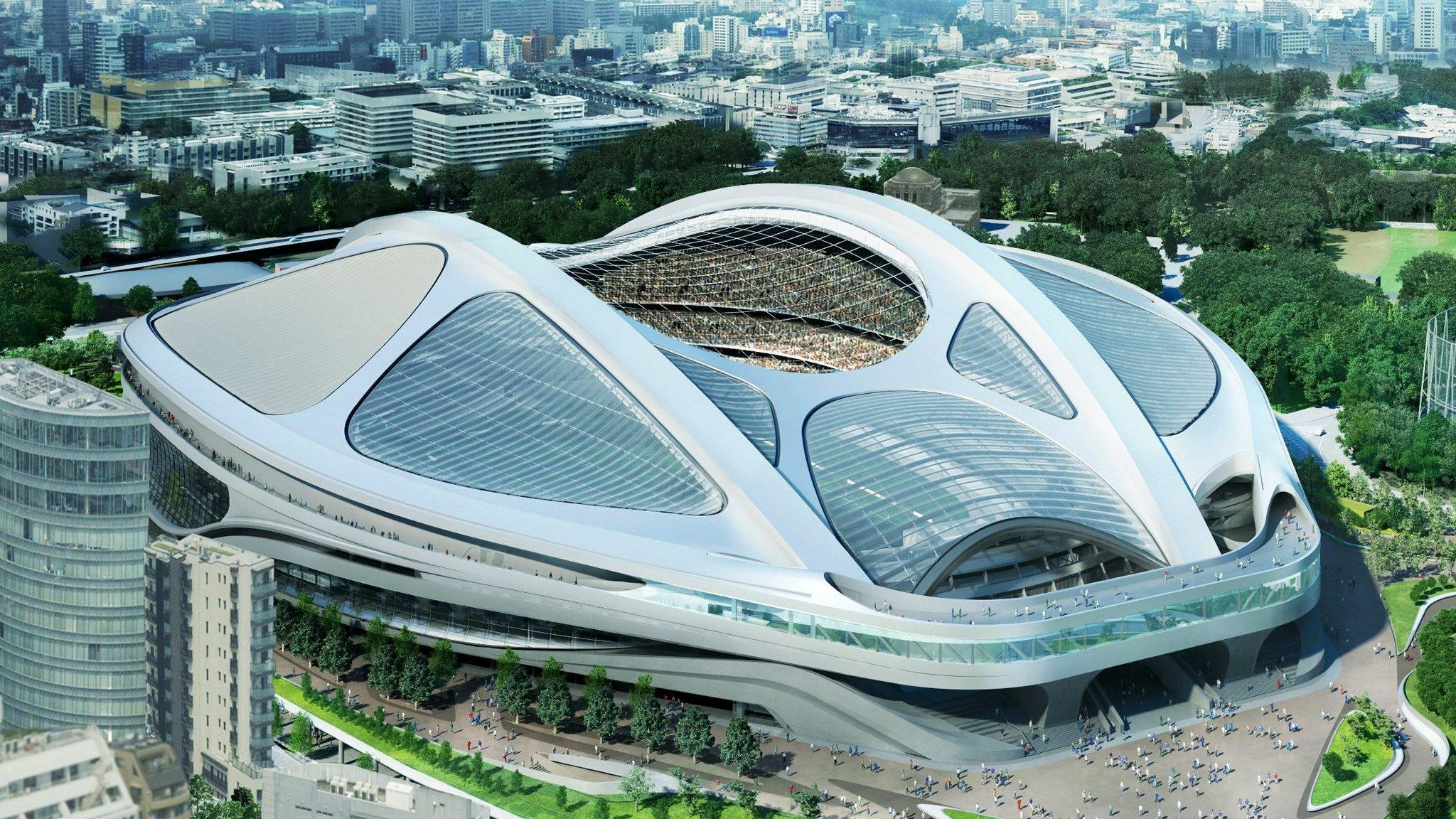
- Published1 November 2014

- Published25 September 2015
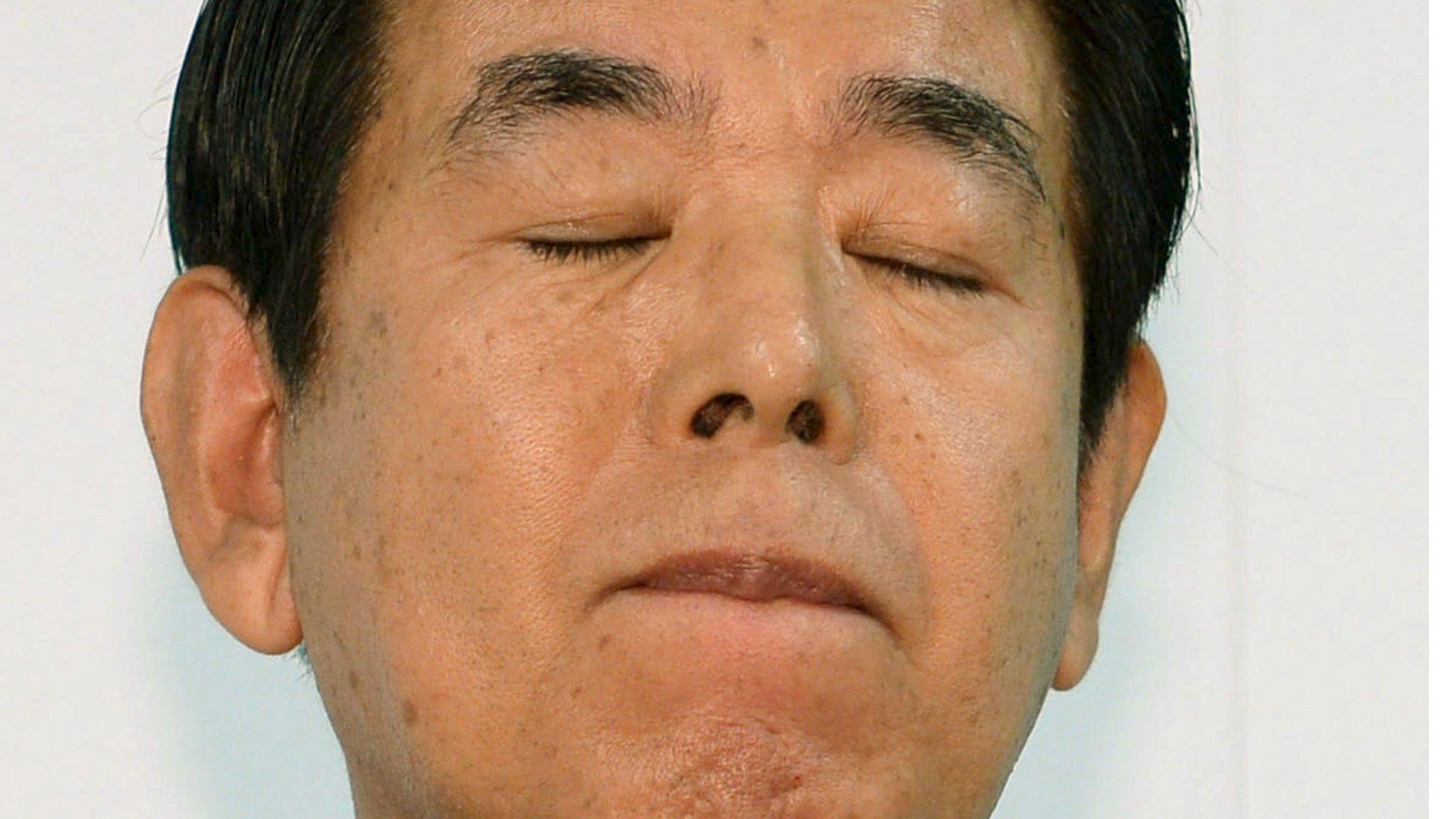
- Published29 October 2024
